Latino Theater in Los Angeles es Muy Bueno
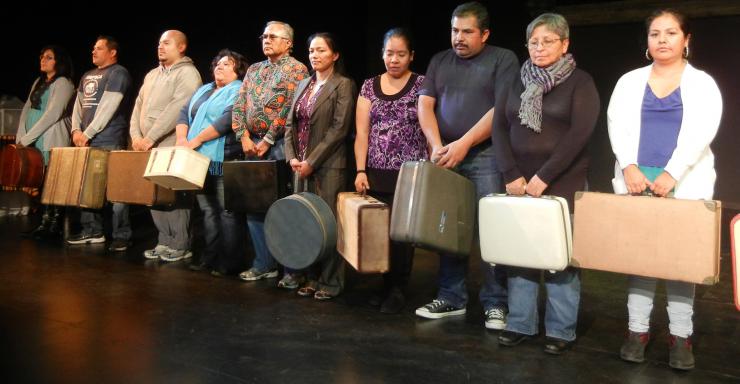
Laurie Woolery. Photo by Cindy Marie Jenkins.
I can't believe I don't speak Spanish. I grew up in Texas, but I took German in high school. I lived in Washington Heights for three years, yet I never learned much more than huevos y queso sándwich (though I did like being called mami). Now I live in Southern California, but still, like most white Americans, I recognize little more than the word on exit signs—salida—and that's mainly because the signs look just like the ones in English.
I really should not have been surprised that when I began to look into the Latino theater scene here I found an incredible depth and breadth of creative activity. In just two weeks, I saw four shows.
Latinos constitute almost 17 percent of the US population and nearly 38 percent of California's. They represent a whopping 58 percent of the people of Los Angeles; many of their ancestors were here before America even became a country. So my ignorance of the language aside, I really should not have been surprised that when I began to look into the Latino theater scene here I found an incredible depth and breadth of creative activity. In just two weeks, I saw four shows: ¡Ser!, a solo performance by Karen Anzoategui, an emerging Latina queer performer whose autobiographical show mixes English, Spanish, and live music at The Los Angeles Theatre Center (LATC); In the Heights at Casa0101, co-produced by Teatro Nuevos Horizontes; La Virgen De Guadulupe, Dios Inantzin, presented by LATC and the Latino Theater Company; and Ladybird, a community collaboration of 24th Street Theatre's Teatro Nuevo Initiative.
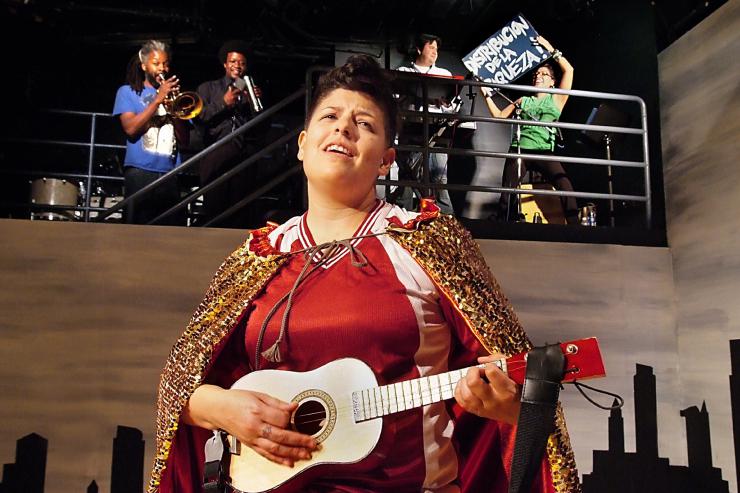
Walter Miranda and CAVA. Photo by Ed Krieger.
The missions of the companies presenting these works are as varied as their shows. The Los Angeles Theatre Center, operated by the Latino Theater Company, has been a downtown institution since 2007 in its current avatar. In 2006 the Latino Theater Company was awarded a 20-year lease to manage the space—which holds four theaters, a dance studio, a gallery, and a huge lobby—and a four million dollar grant to refurbish it. The LATC presents multi-disciplinary and multi-cultural work, including not only Latino theater but also African-American, Asian-American, Native-American, and LGBTQ theater. Though the LATC staff sometimes get asked why a Latino theater company would do plays by and about non-Latinos, Literary and Program Manager Chantal Rodriquez says they don't choose their shows based on the ethnicity of the creators:
If the play deals with issues that we feel passionate about and we think are really relevant to the city itself, then it doesn’t matter ethnically what it is. We produced the road weeps, the well runs dry, by Marcus Gardley [about the founding of the first all-Black US town by Black Seminoles] this year because the themes of the play are so related to migration, identity, and historical loss. These are the themes that resonate with our communities as well. The goal is to spark dialogue and discussion.
Asked about the challenges of getting Asians to come to black shows and Latinos to go to Asian shows, Rodriguez says they don't have to worry about that because they don't rely on a subscriber base—though that strategy has it's pluses and minuses: "Theaters that have a subscriber base tailor their season to what they know their audiences like. We like to challenge our audience, and sometimes we take a hit."

The Latino Theater Company is an ensemble of actors, a writer (Evelina Fernandez) and an artistic director (Jose Luis Valenzuela) who have been together for 28 years. La Virgen De Guadulupe, Dios Inantzin—a spectacular staging of the well-known story of tolerance featuring drama, comedy, song, and Aztec dancers—is actually the only show they do in Spanish because their focus is usually on Chicano (meaning Mexicans who grew up in the US) theater. Both Fernandez and Rodriguez point out that because Chicano theater has its origins in political activism, it makes sense for a Chicano theater group to continue the legacy. Rodriguez says:
Chicano theater historically comes from a political space. It grew out of protests in the grape fields of Delano, where, Luis Valdez' El Teatro Campesino staged plays about the strike on the back of a flatbed truck. Theater became a place for mobilizing large groups of people. It is a space for dialogue and a safe space for expression that we’re not getting in the dominant culture, mainstream media.
Though the LATC is located downtown, most of the Latino population of Los Angeles lives in Boyle Heights, where Casa0101 makes its home. Casa0101 was founded by Josephina Lopez in 2000 with the purpose of bringing theater to the community in which she was raised. Lopez shared the history of the neighborhood and her vision for its future:
It is very left out of the larger conversation in LA. It’s kind of like you’ve crossed the border into Mexico. For years the city neglected the Boyle Heights community: There were no resources allocated and so there was much gang violence. Today the perception is still that Boyle Heights is violent, that you can’t find parking, that it’s dangerous, but we are the catalyst for an artistic renaissance that’s happening in this neighborhood. People are finally paying attention and we’re even getting in the news for world premieres of quality plays instead of just drive-bys.
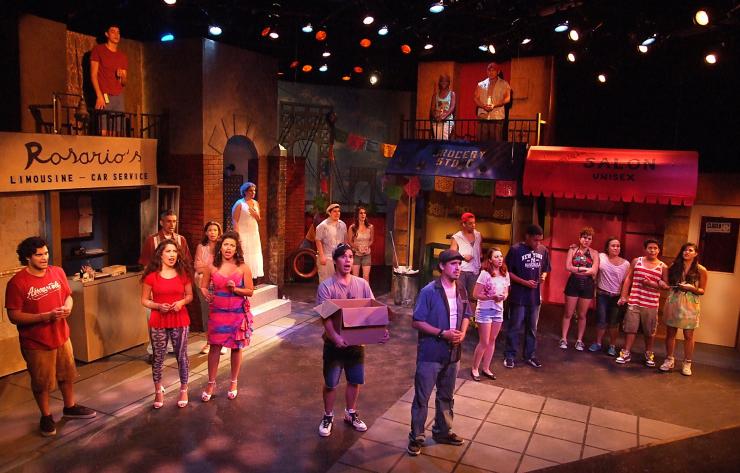
Casa0101 teamed up with Teatro Nuevos Horizontes, a six-year-old group dedicated to bringing Broadway musicals to Latino audiences, to produce In the Heights. On opening night, all 99-seats were filled with an eager and supportive audience while a Broadway-quality cast turned a tiny stage into a whole world. Abel Alvarado, Artistic Director of Teatro Nuevos Horizontes, shared his reasons for wanting to do Broadway musicals in Boyle Heights: "I think the hardest thing we as Latino artists have to face is we’re supposed to stick to art that is only relevant to us. TNH wants to tell American stories with Latinos in them.”
The Teatro Nuevo Initiative at 24th Street theater presents Spanish-language theater with English supertitles for recent immigrants. Their mission is three-fold: to produce professional theater, provide arts education, and engage with their community. Given their location in North University Park, which is 95 percent Latino, Executive Director Jay McAdams and Artistic Director Debbie Devine told me they wanted to make sure they weren't just producing theater "made by two honkies," so eight years ago, they hired Jesus Castaños-Chima, an actor who had previously worked with The Latino Theater Festival bringing companies from Mexico, South America, and Spain to Los Angeles. Chima shared his pride in the 24th ST program: "We had people in our neighborhood who didn’t know what theater was. So we started giving tamales before the show just to engage them and bring them to see a show and now it’s a tradition at 24th Street that we give tamales before every show. We started with audiences of five to ten people and now we can sell out."
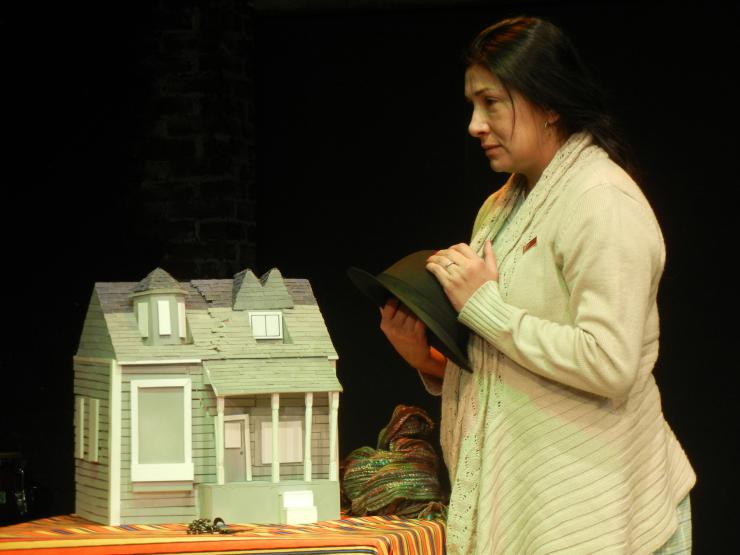
Ladybird began with story circles conducted with the parents of the children in 24th Street's arts education program, who responded to the question, "What are the things that we carry?" Creators Victor Vazquez and Laurie Woolery then wove the shared stories of love, loss, immigration, and tradition into a play performed by these parents (dubbed the Teatro del Pueblo ensemble) for their children, family, and friends. After the performance, the cast and audience participated in a posada: a procession around the block then back to the theater where the kids got a whack at a piñata and everyone enjoyed tamales.
Much of the audience wept as they listened to their family and friend's stories about, in Chima's words, "what they went through and what they are now." Casa0101's Lopez highlighted the importance of such storytelling in the Latino community:
I am happy if white people come, I think that’s great, but I really feel like we need to heal a lot of wounds that have been unacknowledged. We need to present those stories so people can cry about all the wounds and oppression that sometimes we’re not even conscious of. We need to acknowledge the stories that were left out of the history books. And it’s an opportunity even for the children and grandchildren to cry about the pain and the sacrifice of their fathers. It’s wonderful to see people crying with their fathers.
Commonalities like this exist between Latino theater companies in Los Angeles and across the country. At HowlRound's Latina/o Theatre Commons convening last November, Rodriguez discovered that "several of us do a Christmas pageant, which indicates that there’s definitely a dedication to large-scale community pieces. Most of us are doing new work as well and classics from the Latino canon, which is still young and still developing," and everyone is investigating the definition of Latino theater. Fernandez, on the other hand, noted one major difference between Latino theater in LA and in other cities:
There’s so much Latino theater in LA, so many groups creating work in different communities. Not everybody is making theater the same way, and what is so different with LA theater makers is that their dream is not to get into the regional theaters. They’re happy making theater in their community and they’re doing important work in their community. Not everyone has their eye on being on the Taper stage or the South Coast Repertory stage.
Fernandez acknowledged that not everyone can afford that kind of focus: "I’m in a very unique situation: I’m a playwright that writes for a specific company. We have our own theater. I know my plays are going to be produced. And I understand that most playwrights want to be at Steppenwolf or the Taper or the Public or any of the regional theaters. But I wish that we could understand our value without having to make that our ultimate goal. We have the numbers, we have the talent, I wish we could create an independent Latino theater movement."
I have no excuse for not speaking Spanish. Those with younger brains have an opportunity to avoid my mistake, and they would be well advised to do so. When the Census Bureau reported that America's white majority will be gone by 2043, Mark Hugo Lopez, Associate Director of the Pew Hispanic Center, noted that “The rapid growth in the Hispanic population, coupled with the young Latinos who make up the largest minority group on the nation’s college campuses, has serious implications for the nation’s labor market and economy.”
The implications for American theater are just as great. Whether Latinos begin a theater movement of their own and/or begin to get produced on regional and Broadway stages in representative numbers, given that 49.9 percent of Americans under five are racial or ethnic minorities, Latino theater may soon be more American than Arthur Miller.

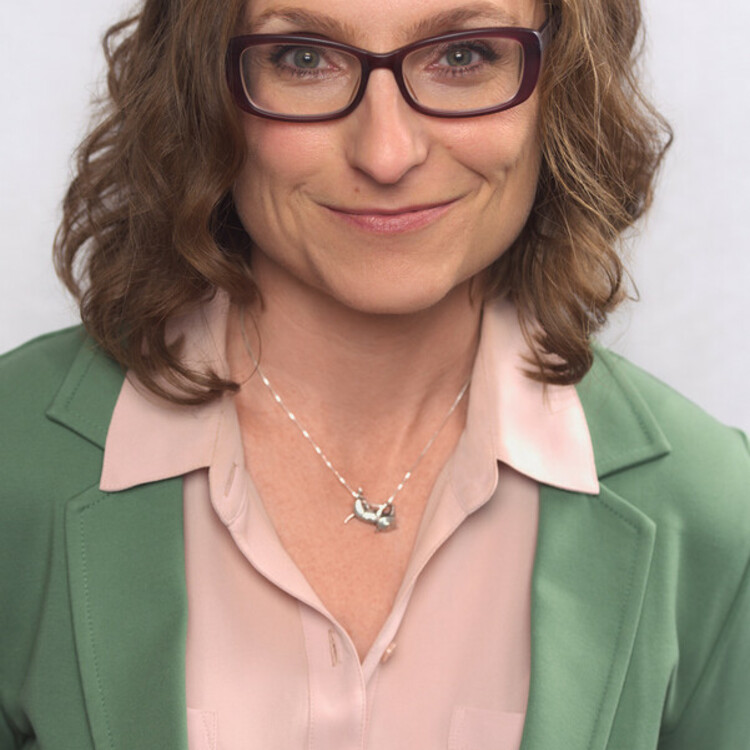



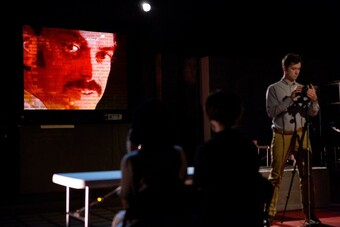

Comments
The article is just the start of the conversation—we want to know what you think about this subject, too! HowlRound is a space for knowledge-sharing, and we welcome spirited, thoughtful, and on-topic dialogue. Find our full comments policy here
Great piece except most of the Latino community in L.A isn't in Boyle Heights. The Mexican American and some of them are from Boyle Heights. Latinos are all over L.A with the largest new immigrants in South L.A....so Los Angeles itself is latino and now it is multi Latino with people from all over Central and Caribbean countries making up its demographics. I myself grew up around the corner from the 24th Street Theater and was a part of the Ladybird play.
CORRECTION: Ladybird was co-written by Victor Vazquez and Laurie Woolery.
Thanks for the correction. The update has been made.
Dear Holly, A lovely piece. Yes, the L.A. Latino theater scene is and has been a vital and consistent voice in the city, growing out of the Chicano movement and evolving in the late 70's with the companies you mentioned. Additionally, there needs to be more than a nod to the Bilingual Foundation of the Arts (founded by Carmen Zapata, Margarita Galban and Estela Scarlata in the late 70's) which produced Spanish classics in both English and Spanish, and Grupo de Teatro Sinergia (founded in the early 90's by Ruben Amavizca, Anibal Aprile and Yvette Cruise, now known as the Frida Kahlo Theater), which has been offering audiences in both languages a wealth of challenging new works from modern Latin American playwrights that reflect social and political themes. Other Latino voices include Macha Theatre Company (Odalys Nanin) and About Productions (Theresa Chavez, Rose Portillo), Company of Angels, Breath of Fire (Sara Guerrero) and many others. This sector is indeed a powerful, vibrant force in American theater, and likely to become more so. Thank you for bringing increased awareness of this community and its treasures to a national audience.
Nice work Holly!
As a life-long Angeleno, I love this piece and its perspective. Congrats!